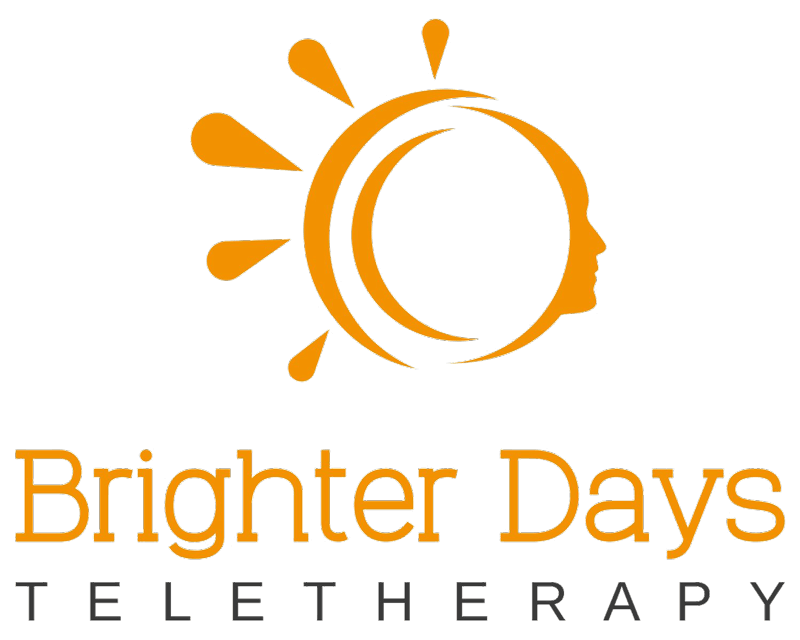Attachment Trauma Demystified
Diving into the realm of attachment trauma, especially when exploring the avenues of California therapy online, opens up a world of understanding about our deepest emotional wounds and how they shape our interactions. Have you ever pondered why some of us cling to connections like a life raft in stormy seas (hello, anxious attachment!), while others prefer to sail solo, steering clear of emotional entanglements (cue the avoidant attachment theme song)? That’s the intriguing landscape of attachment trauma for you.
Let’s start with the nuts and bolts: What exactly is attachment trauma? Picture it as an emotional blueprint laid down in the early stages of our lives, often disrupted by inconsistent care or significant relational stress. It’s like the emotional version of trying to build a house on shaky ground. This foundational wobble can lead to a rocky journey in forging and maintaining relationships down the line.
When it comes to the personal impact, many folks are keen to understand how attachment trauma might be playing out in their own lives. Perhaps you’ve noticed certain patterns, like a heightened vigilance for signs of rejection or a fortress-like barrier around your heart. These are the battle scars of attachment wounds, manifesting in trust issues, fear of intimacy, or an overvalued sense of independence. Recognizing these signs is a crucial step toward healing, akin to turning on a light in a dimly lit path.
Curiosity often leads people to wonder about the hallmark signs of attachment trauma. It’s like being a detective in your own psychological thriller, tracing back the origins of your emotional reactions and relational styles. Do you find yourself obsessively checking your phone when your partner is away, or do you pride yourself on your self-reliance to the point of isolation? These behaviors could be the breadcrumbs that lead back to your attachment style.
The journey towards healing is a topic of paramount interest. Can these deep-seated wounds truly be mended? The answer is a resounding yes. Therapy, particularly online therapy sessions with skilled professionals in California, can be a transformative process. It’s akin to learning a new way of being in the world, where old patterns are replaced with healthier, more secure ways of connecting. Techniques like EMDR (Eye Movement Desensitization and Reprocessing) and somatic experiencing are akin to having a skilled guide by your side as you navigate through the healing process.
Understanding attachment trauma isn’t just about personal healing; it’s also about enhancing our relationships. It’s like finally having a roadmap in the complex terrain of human connections. By getting to grips with your own attachment style and learning to recognize the signs in others, you can navigate the relational world with greater ease and less conflict.
In essence, exploring attachment trauma through the lens of California therapy online offers a pathway not just to understanding our deepest emotional wounds but to healing them. It’s about unraveling the mysteries of our emotional selves and charting a course toward richer, more fulfilling relationships. And in the golden state of California, what better way to embark on this journey than with the convenience and accessibility of online therapy?
